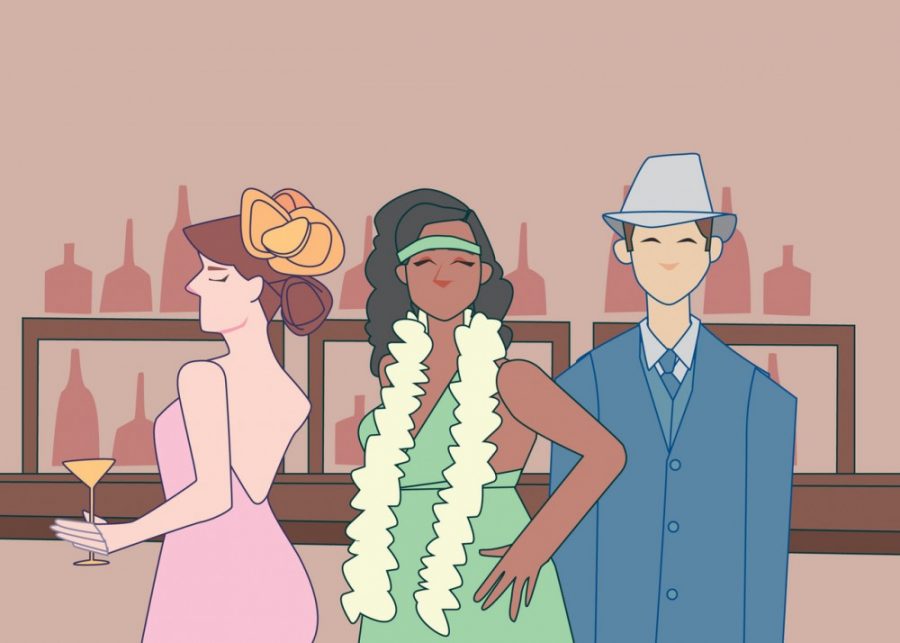The Roaring ’20s were widely known for their thriving economy and vivid arts scene.
But back when jazz was the bee’s knees and flapper girls were the belles of the ball, the U.S. saw a nationwide ban on booze.
In 1919, the U.S. government ratified the 18th Amendment and subsequently banned any sale of alcohol from 1920 to 1933.
Though many freedoms were enjoyed by a new crowd of urbanites, access to alcohol wasn’t one of them. Thus, the speakeasy was born.
Speakeasies were bars that illegally sold alcohol — to those who could find them, anyway. The locales were often hidden in basements through nondescript entrances. To enter these secret bars, passwords were required.
“You weren’t in [the speakeasy] if they didn’t trust you,” said Kelli Holloway, general manager at local speakeasy Al’s Place . “They didn’t let just anyone in.”
While Chicago and New York City acted as hubs for gangsters and speakeasies, the Twin Cities were considered a safe getaway for alcohol bootleggers, said Lori Williamson, the acquisitions and outreach coordinator at the Minnesota Historical Society.
“The Twin Cities actually played a fairly important role [during Prohibition] given our proximity to Canada,” Williamson said. “We were kind of a major thoroughfare for bringing stuff in illegally and across the border.”
Gangsters like Al Capone, John Dillinger and Fred and Doc Barker frequented speakeasies in the Twin Cities to lay low, Williamson said.
“St. Paul had a curious relationship with the mobsters and [bootleggers],” Williamson said. “There came to be an understanding that as long as no crimes were committed here, the gangsters from Chicago could have free reign, basically.”
Given their nature, there is no known record of how many speakeasies were located in the Twin Cities. Nevertheless, physical remnants of these places can be found at Shaw’s Bar and Al’s Place, both in Minneapolis.
Here, cemented-in entrances to basement bars and tunnels bring a 100-year-old history to the present day.
“We’ve got so much great history in the building itself,” Holloway said. “It’s not just a bar, it’s not a restaurant, it’s an actual experience. It’s transportation back in time.”
The speakeasy is still alive today as bars hide their entrances and place an old fashioned at the top of their menus.
Places like The Volstead House in Eagan embrace ’20s decor and the simplicity of drinks during the era.
“[The drinks are] special, something that you’re not going to get everywhere,” said Paige McInroy, a bartender at The Volstead House. “The history of it definitely plays a role.”
Al’s Place was established in the hope of bringing this same history forward. Guests are encouraged to wear ’20s attire, and the staff will only speak of events from the prohibition era.
“The whole entire experience [is] important to us,” Holloway said. “It’s not just focused on the drinks. We want the whole package.”
Whether in the 1920’s or today, the spirit of a speakeasy is the same.
“You might come in as guests, but you leave as family,” Holloway said.









Duane Gustave Lyke
Mar 27, 2024 at 11:41 pm
Great enjoyed the article. It was very informational about the probition of alcohol in Minnesota.